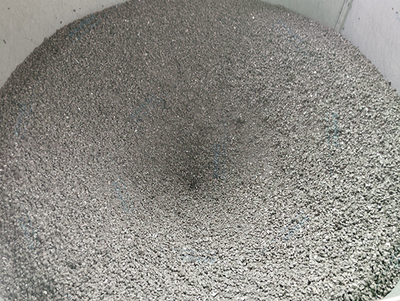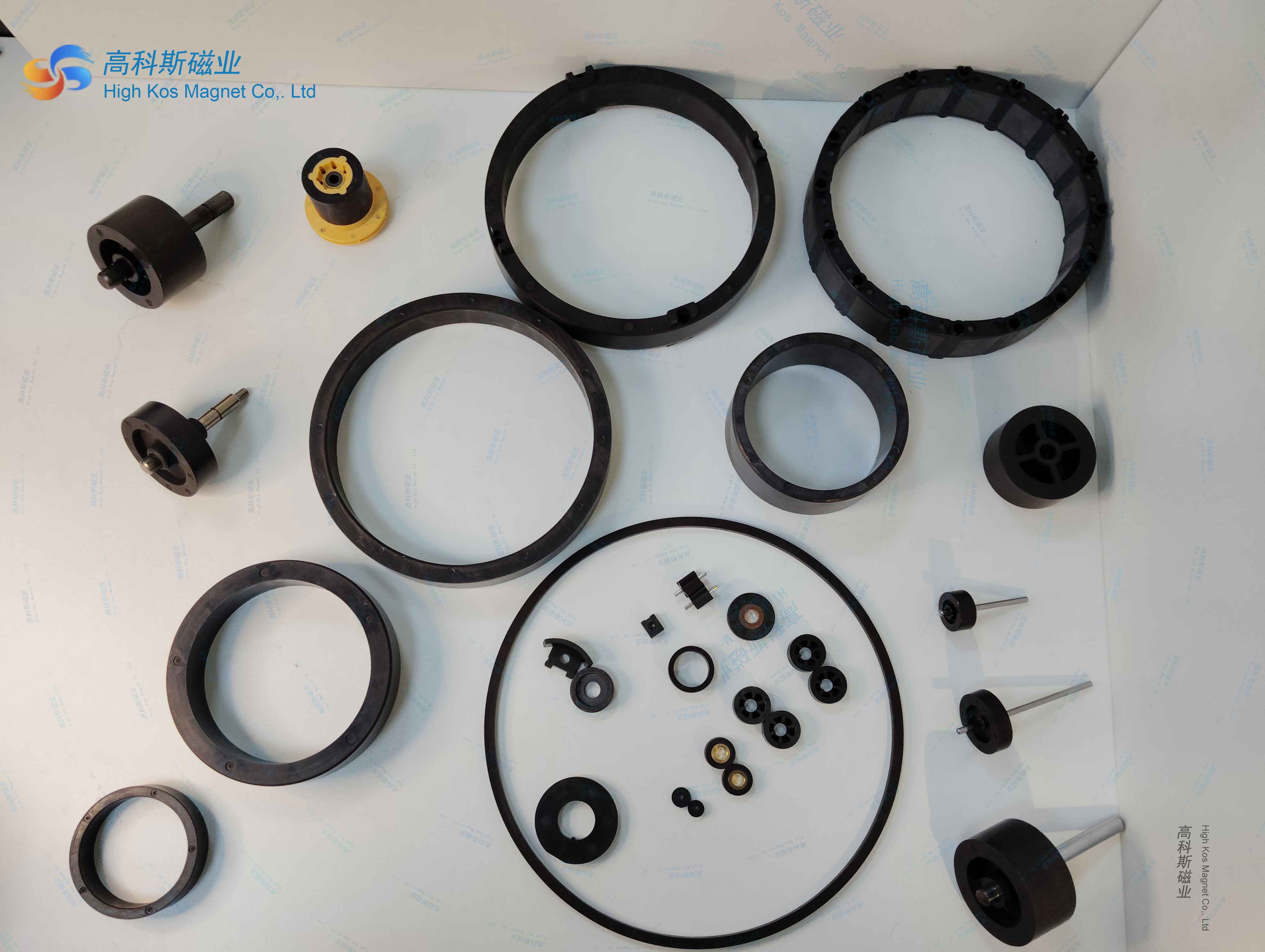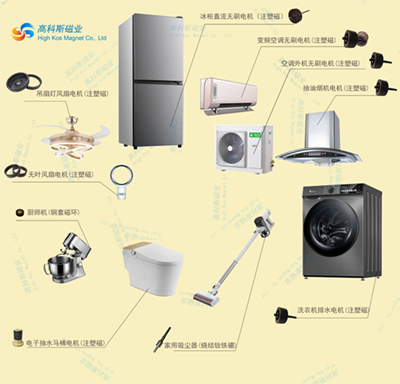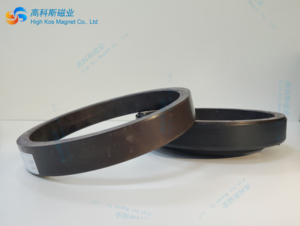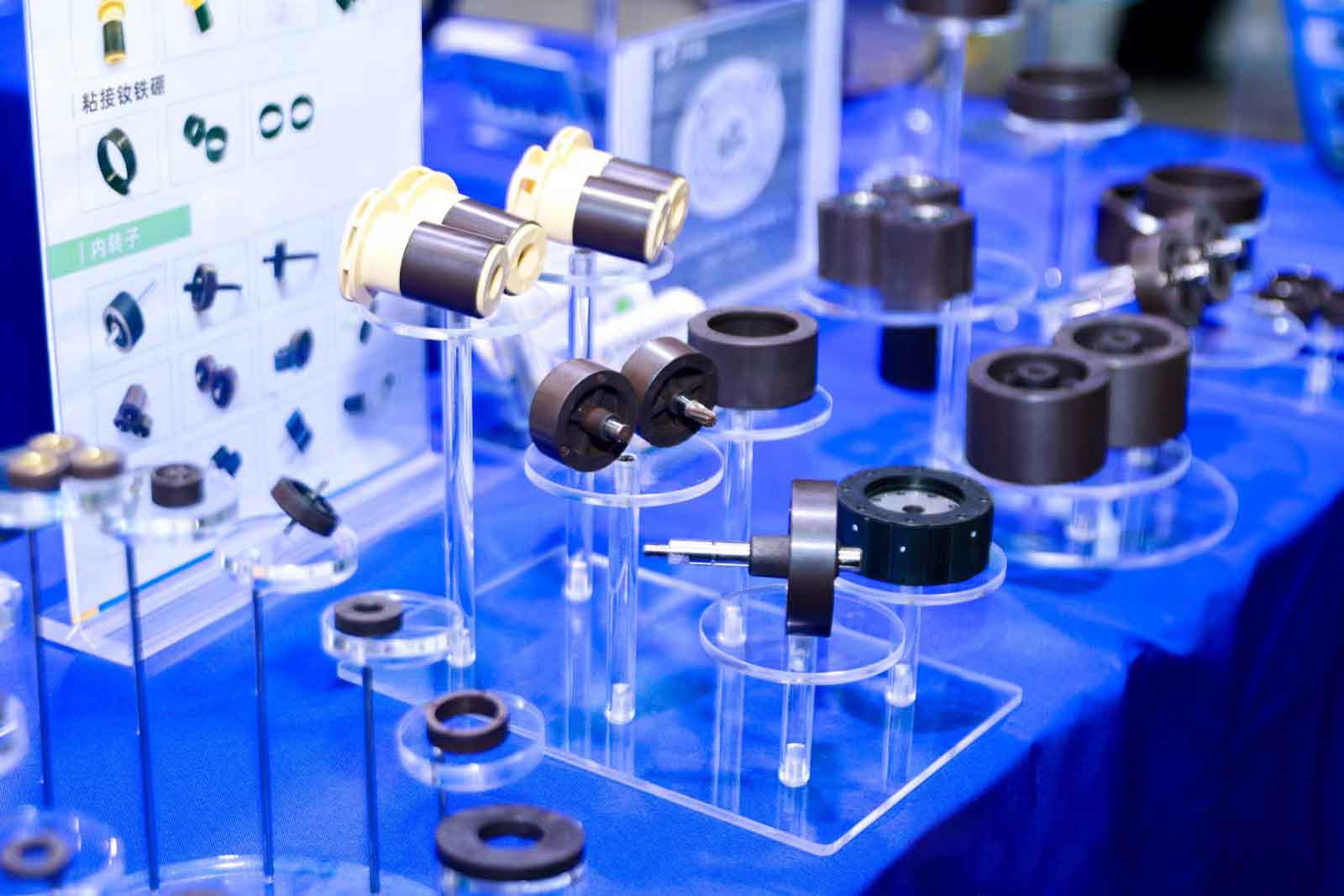Injection molded ferrite magnets in robot assisted motors
Injection molded ferrite magnets: the 'invisible hero' of robot assisted motors
In today's rapidly developing robotics technology, the motor, as its core power unit, directly determines the accuracy, efficiency,
and reliability of the robot's performance. The selection of magnet materials inside the motor is one of the key factors affecting
its performance. In recent years, injection molded ferrite magnets (referred to as "injection molded magnets") have gradually
become the "invisible heroes" in robot assisted motors due to their unique process advantages and comprehensive performance.
This article will delve into its technical characteristics and application value.
1、 Core advantages of injection molded ferrite magnets
1. Complex structure, one-time molding
Traditional sintered magnets require secondary processing such as cutting and grinding to form, while injection molded magnets
can achieve integrated molding of complex shapes by mixing ferrite magnetic powder with polymers and directly injecting them.
For example:
Multipole magnetic ring: meets the high-precision magnetic field distribution requirements of robot motors.
Alien magnet: adapted to the space limitations of compact joint motors.
Embedded design: Directly combining the magnet with the rotor punch, reducing assembly steps and improving efficiency.
This feature is particularly suitable for fields such as collaborative robots and medical robots that require high lightweight and miniaturization.
2. High temperature resistance and stability
Ferrite materials themselves have excellent high temperature resistance (up to 300 ℃), far superior to neodymium iron boron magnets
(which are prone to demagnetization at high temperatures). The stability of injection molded magnets is manifested in:
Wide temperature range performance: The magnetic performance fluctuates by less than 5% within the range of 20~150 ℃, ensuring
the reliability of the robot motor during continuous high load operation.
Anti demagnetization ability: avoids magnetic field attenuation caused by temperature rise and extends motor life.
For example, when the joint motor of industrial robots runs for a long time, the internal temperature can reach over 80 ℃, and the
temperature resistance of injection molded magnets becomes its ideal choice.
3. Win win situation of cost and environmental protection
Low material cost: Ferrite does not contain rare earth elements, and the raw material price is only 1/5~1/10 of neodymium iron boron.
Energy saving process: Injection molding process does not require high temperature sintering, reducing energy consumption by more than 30%.
Environmental advantages: The production process is free from heavy metal pollution and does not require electroplating treatment
(ferrite has strong corrosion resistance), complying with international standards such as RoHS and REACH.
This is particularly important for cost sensitive consumer grade robots (such as household floor cleaning robots) and export-oriented industrial
robot enterprises.
4. Mechanical performance and reliability
Traditional sintered ferrites are brittle and prone to cracking, while injection molded magnets enhance toughness and impact resistance
through a polymer matrix
Anti vibration: Suitable for working environments with frequent start stop and high dynamic loads of robot motors.
High precision: The injection molding process tolerance can be controlled within ± 0.05mm, improving the consistency of motor assembly.
This feature is particularly prominent in logistics AGV hub motors, drone servos, and other scenarios.
2、 Innovative Application of Injection Magnet in Robot Motors
1. Collaborative robot joint drive
Collaborative robots require motors to be miniaturized, lightweight, and low-noise. Injection molded magnets can reduce the number of
parts through integrated design, while their low eddy current loss characteristics reduce motor heating, and with the help of harmonic
reducers, achieve precise and compliant control.
2. Integration of servo motor and sensor
In robot servo systems, injection magnets are not only used to drive motors, but can also be combined with magnetic encoders to achieve
high-precision position feedback. For example, its multipole magnetic ring can be directly injection molded into an encoder magnetic grid,
simplifying the sensor structure.
3. Adaptability to special scenarios
Medical robots: Injection molded magnets that do not require electroplating meet biocompatibility requirements.
Food industry robots: Corrosion resistance to avoid erosion by cleaning agents and meet hygiene standards.
3、 Technological Challenges and Future Trends
Although injection molding has significant magnetic advantages, its magnetic energy product (about 1-4 MGOe) is still lower than that
of sintered ferrite (3-5 MGOe) and neodymium iron boron (>30 MGOe). To overcome performance bottlenecks, the industry is exploring
the following directions:
Magnetic powder modification: By using nano coating technology to enhance the orientation of magnetic powder and improve its
magnetic properties.
Hybrid magnetic circuit design: Embedding neodymium iron boron magnetic sheets in key areas, balancing cost and power density
Intelligent process: Combining 3D printing technology to achieve customized gradient magnetic field of magnets.
4、 Conclusion
Injection molded ferrite magnets, with low cost, high reliability, and environmental friendliness as their core competitiveness, have opened
up a differentiated technological path in robot motors. With the advancement of technology and material innovation, its application scenarios
will extend from existing low - and medium power motors to higher end fields. For robot companies, choosing injection molded magnets is not
only a practical measure to reduce costs and increase efficiency, but also a choice to embrace the future of green manufacturing.
In the future, perhaps behind every agile and dancing robotic arm lies a "low-key yet powerful" injection molded ferrite magnet.
